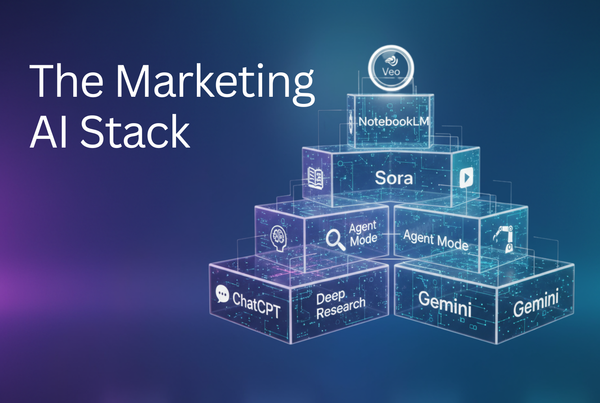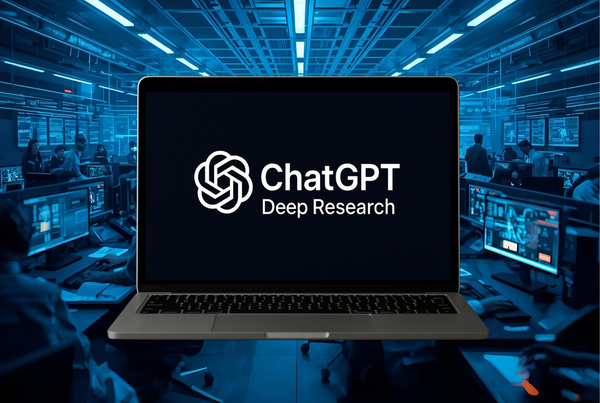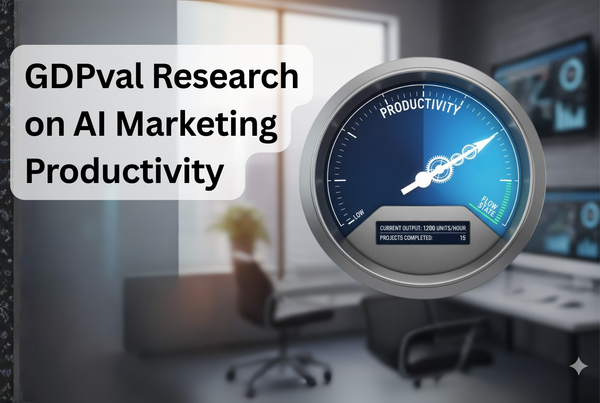How I Used AI to Transform Sales Training into a Human-Centered System
Our salespeople deserve training that works for them. Tools that are engaging, informational and helpful in the ways they need.

In healthcare, first impressions aren’t just about image—they’re about trust. When a family calls us for help, they’re not comparing product specs. They’re deciding whether to entrust us with the care of someone they love. That means our inside sales team doesn’t just answer calls. They carry the weight of our brand.
But as every marketer knows, good intentions don’t scale on their own. Behavior doesn’t change just because you ran a training. And in a high-emotion, high-stakes field like ours, inconsistent sales communication isn’t just inefficient—it’s risky.
So when it came time to revamp our inbound sales training, I asked a simple question: What if we treated training not as a one-time event, but as an always-on system—built with AI?
Starting with Strategy—Not Slides
Like most projects, I started with some older training decks and a lot of scattered notes. I didn’t want to just pull together a PowerPoint and call it a day. I wanted the training to be rooted in best practices—something structured, thoughtful, and emotionally resonant.
So I turned to ChatGPT.
I asked: What makes a truly effective sales training program? What do great sales training decks look like?
The response wasn’t just tactical—it was strategic. It covered structure, flow, how to pace emotional engagement, where to build in moments of reflection, and how to tie messaging back to the bigger brand story.
I uploaded my first draft into ChatGPT and asked for feedback section by section. Some suggestions were obvious, but others were unexpected—like emphasizing the emotional arc of a sales conversation and making sure every part of the deck connected to our brand’s deeper promise.
AI wasn’t just helping me with formatting or polish. It was helping me think.
Solving a Follow-Up Problem That Had Been Holding Us Back
For years, we had struggled with sales follow-ups. Everyone knew the importance of timely, personalized communication. But knowing and doing are two different things.
The reality? Writing follow-up emails took too long. Reps would either overthink them or send something too generic. Sometimes follow-ups didn’t happen at all. And the inconsistency made it harder to build momentum.
So I built a solution with CustomGPT.ai.
I trained it using:
- Our entire website copy and brand messaging
- Dozens of sales sheets and marketing PDFs
- A library of testimonials and client reviews
- Past examples of strong follow-up emails
- Guidelines on tone, structure, and what to include
The result: Our team can now generate personalized, on-brand emails in seconds. They’re accurate, relevant, and emotionally aligned with our brand. Every time.
It’s not just faster. It’s better. And because it’s built with our own language, it sounds like us—which means it builds trust at scale.
Turning a One-Day Event Into an Ongoing Experience
When the final training was ready—140 slides across 10 sections—we delivered it in person. It was about a five-hour session with questions, mini-workshops, and lots of interaction.
But here’s the truth: No matter how powerful a live training is, people can revert to the familiar. It takes time for change to stick. They go back to their desks, get buried in tasks, and default to old habits. If we wanted lasting change, we needed the training to live beyond the room.
So I recorded and transcribed the entire training using Otter.ai. I stopped the recording between each section to create clean chapters, so we could reuse the material in a structured way. Also, Otter.ai has time limits for each transcription. What I didn’t expect was how valuable the Q&A and off-script moments would be. The transcription captured the in-room conversations and experiences beyond the slides that added so much context.
Next, I sent the full transcript through ChatGPT and asked it to summarize each section’s key takeaways—clear, concise, and focused. Now I had the core narrative of each section, ready to be reused across formats.
Scaling with Video—Without Needing a Production Team
To make the training easier to revisit (and more engaging), I used Synthesia.io to turn each section summary into a video. I ran the summaries back through ChatGPT to create voiceover scripts. Then I pasted those into Synthesia, using an avatar of myself—surprisingly lifelike—and generated walkthroughs of each topic.
Could I have recorded this myself? Sure. But with recording and editing, it would have taken hours. Synthesia took minutes—and it was flawless on the first draft.
Each training module now has:
- The slide deck
- A written summary of the content
- A video of “me” explaining the key points
All of this lives in a new Sales Training Hub I built on our SharePoint. Each module has its own page, so our team can jump straight to the content they need—whether they’re reviewing a full topic or just looking for how to handle a specific objection.
Training wasn’t just about knowledge transfer. It was about creating something accessible, useful, and engaging enough to be used again.
Why This Matters
Too often, sales training gets treated like a checkbox. You build a deck, run a session, and hope for the best. But if you want to change behavior, you need something more.
You need:
- Accessibility – Reps need to be able to revisit training in the moment it matters.
- Consistency – Everyone gets the same message, no matter who’s delivering it.
- Emotion – Sales in healthcare is about empathy. AI helped us reinforce that.
AI made it all possible. Not in some sci-fi way. In a grounded, practical, do-it-this-week kind of way. This wasn’t about replacing the human connection. It was about scaling it.
I didn’t build this because it was fun (though it was). I built it because our salespeople deserve better. They deserve training that sticks. Tools that help. Content that supports them in real time.
And if AI can help us deliver that—faster, better, and more consistently—then it’s not just a productivity win. It’s a culture shift.





